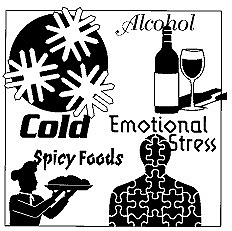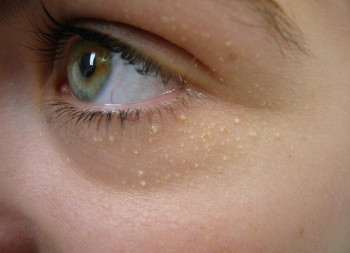Hi readers! Anyone else excited that it is Thursday? 🙂
Someone recently asked me about what they can do regarding sun spots. What is commonly referred to as sun spots or age spots is hyperpigmentation. Simplified, hyperpigmentation is caused by an overproduction of melanin (brown pigment that gives skin color) that causes the darkening of the skin. Below are causes of hyperpigmentation along with possible treatments.
Causes of Hyperpigmentation
- Overexposure to sun, tanning beds, fluorescent and ambient lighting
- Hormones/ Pregnancy
- Medications- birthcontrol, thyroid, hormone replacement therapy (*Note: Never discontinue medication without the approval of your physician)
- Stress
- Inflammation/trauma caused by heat, acne, wounds, burns, eczema, etc
- Age
Treatment Options
- Exfoliation/chemical peels such as TCA, Jessner’s peels or lactic acid peels
- Increased cell turnover with retinol/retinoids (Retin-A)
- IPL/Laser
- LED Light Therapy
- Skincare products that contain arbutin, kojic acid, vitamin C (ascorbic acid), lactic acid, azelaic acid, phytic acid, and licorice extract. Hydroquinone is another option available but it is a controversial ingredient that has a high risk of creating skin sensitivity. Hydroquinone also must be used in 3/6 month cycles meaning you can only use it for a few months at a time and then cycle off.
- Sunscreen! Important no matter what! None of the above treatments will be effective if you don’t protect your skin from sun damage-you’ll end up right back where you started and can even cause more pigmentation problems.
Remember that these are guidelines and the treatment option that will work best for you depends on a consultation with a skincare professional/dermatologist.
I hope this was helpful. 🙂
Thanks for reading,
Stephanie


